Earlier in the week, Treasury Secretary Tim Geithner had spoken about the economy, and Commerce Secretary Gary Locke had spoken about the prospects for U.S. businesses in China.
Clinton’s speech, like those of her peers, was a sweet and sour sauce—more sweet than sour. But the sweet part came first, delivered in the opulent surroundings of the Benjamin Franklin room in the State Department.
Sweet
The U.S.-China Relationship
The U.S.-China relationship is important. It is about bolstering security. Its success should deliver positive outcomes. It impacts the world.
- It is marked by: great promise, real achievements, significant challenges.
- It is meant for: greater peace, prosperity, progress—GLOBALLY.
- It is at: a critical juncture, “where the choices we make, both big and small, will shape the trajectory...”
- The last two years brought: “deeper, broader, and more sustained” cooperation, and lots of other good things… along with “some frustration.”
- It relies on: both parties making good on what they say (especially China!!—Ed.)
- It assumes that: there will be always a gulf between democratic America and communist China, though Ms. Clinton did not use the ‘c’ word. This gulf must be dealt with “wisely and responsibly.”
- These markings, junctures, reliances and assumptions will determine “whether our relationship will deliver on its potential in the years to come.”
So far so good.
U.S.-China Engagement
U.S.-China engagement has:
- come a long way since 1971, with three decades of intense engagement;
- “really gone global,” as the two countries “discuss nearly every major international issue,” in endless dialogues, conferences, and meetings;
- a “breadth of our engagement” that will be on full display next week, when General Secretary of the Chinese Communist Party Hu Jintao gets a 21 gun salute;
- massive money wrapped up in it (trade “used to be measured in hundreds of millions,” but now is US$400 billion);
- relied on the vision of its leaders, aided by an open and dynamic global economy, which was ultimately aided by “American power that has long secured stability in the [Asian] region;”
- lifted hundreds of millions out of “grinding poverty” and now helps drive “global prosperity;”
- entwined the economies of the United States and China, such that the two countries’ futures are also now entwined.
Mild
Now for China:
-It has a state-dominated economy that depends on external demand and technology, and it has to move to a more market oriented economy powered by demand and innovation.
-More of its people are seeking greater respect for their cultures and religious beliefs, freedom of speech, and legal recourse for addressing injustices.
Now for history and geostrategy:
-It teaches us that the rise of new powers often ushers in periods of conflict and uncertainty.
-It has some disciples in both countries who look at current dynamics through old prisms, such as “cold war style conflict” or “American decline.” And some in China worry that U.S. is bent on containing China’s Rise, which stokes a new streak of Chinese nationalism, but “we reject those views,” Clinton said resoundingly. “In the 21st century it doesn’t make sense to apply zero-sum, 19th century theories of how nations interact. We need new ways of understanding the shifting dynamics of the international landscape.”
CodeSpeak
The U.S. and China are entangled. This “entanglement” can only be understood in context of the new and complicated landscape. “When you’re in the same boat, you have to row in same direction, and we have to row in same direction or we will cause turmoil and whirlpools that will affect many beyond our borders,” Clinton said.
Stale categories like “friend” and “rival” don’t do justice to the intricate complexity of the current U.S.-China relationship. And while the governmental systems are different, there is a shared “energy, entrepreneurial dynamism, commitment to a better future for child and grandchild,” among the people of both nations, which are “deeply invested in the current order.” Both countries, at least so far, have “much more to gain from cooperation than conflict,” though this does not rule out competition, because that’s “who we are as people.” It’s just important to remember that there are ways of doing it that are more likely to benefit than not.Next: Now for some syllogisms...
[xtypo_dropcap]N[/xtypo_dropcap]ow for some syllogisms: A thriving China is good for America, a thriving America is good for China; a peaceful and prosperous Asia-Pacific is in the interests of China and in the interests of America; we should move beyond outdated zero-sum formulas that might force countries to choose Beijing over Washington or Washington over Beijing.
The relationship must be grounded in reality, focused on results, and be true to U.S. principles and interests. It must be “positive, cooperative and comprehensive,” because that really does capture the United States’ hopes for the future. But, on the other hand, you cannot build a relationship on aspirations alone, and that is what makes now a critical juncture.
Whether the relationship lives up to its promises depends on each party “translating high-level pledges into action,” and “real action on real issues.”
Keeping the relationship “positive” includes being honest about differences, and addressing them “firmly and decisively,” so as to avoid “unreal expectations that can be disappointed.”
There’s no such thing as a G2: “Both of us reject that concept.”
The administration’s master China strategy has three elements: engaging robustly in the Asia Pacific, working to build trust between China and U.S., and expanding security wherever possible.
So much for the sweet part. Clinton’s China diplomacy sauce also delivered a kick.
Sour
Thus, there were some warning shots disguised amongst the celebratory firecrackers, and veiled criticisms of the way communist China does business. Clinton emphasized reinforcing the system of international rules and regulations, protecting intellectual property, and safeguarding the free navigation of the oceans. It is well known that the Chinese Communist Party does not like any of those things.
On the military front, and the People’s Liberation Army’s vast modernization scheme, particularly along the lines of weapons that specifically target the U.S., Clinton has “sought clarity as to its intentions.” We’ll wait to hear back on that. In the meantime the U.S. will keep insisting on military-to-military engagement, the administration’s only card for trying to increase the PLA’s transparency.
There is still unfair discrimination against foreign companies, and a swathe of predatory business practices (though Clinton did not use the ‘p’ word).
There is also still currency manipulation (though Clinton did not use the ‘m’ word).
North Korea’s “reckless” attacks on the South have “vexed” the U.S., and Clinton hinted at the possibility of a war, along with the need for China to face reality, stop temporizing, and admit that, yes, the North did sink the Cheonan.
Agents of the Chinese Communist Party also still hunt down peaceful religious believers and torture and kill them. Clinton touched on that, too, without using the ‘t’ or ‘k’ words. And one suspects that her speech was perhaps remembered upside down, because while she said this was one of the “core” parts of U.S. foreign policy, for some reason it came at the tail-end of the lecture.
In any case, there was probably something deliberate—and either masterful, or naïve—in Clinton’s statements that followed. They were, broadly recapitulated, that China needs to foster the open exchange of ideas, lift media censorship, stop persecuting people for their thoughts, and allow a “vibrant civil society.” Of course, Communist Party rule in China is predicated on the repression of precisely these things, otherwise the Party would collapse. Therefore, Clinton was effectively suggesting that China get rid of the Communist Party. What an excellent idea!
Email: [email protected]
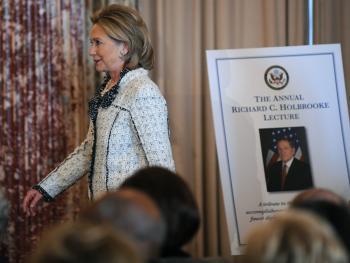

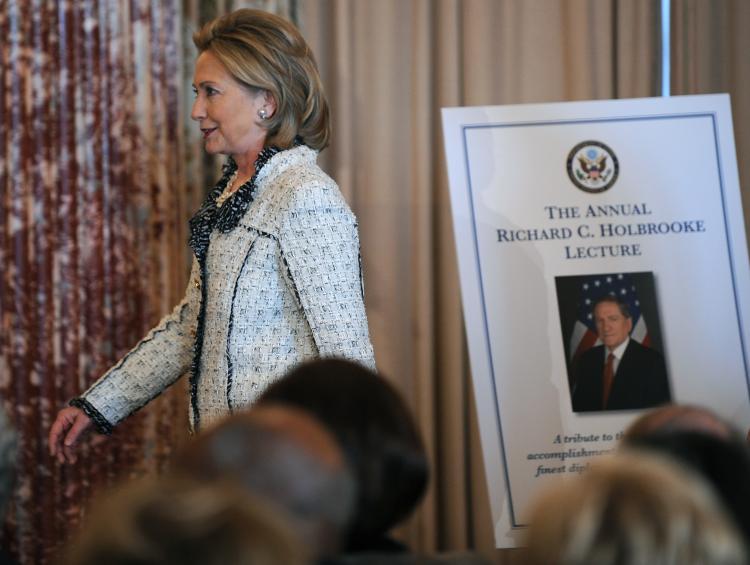
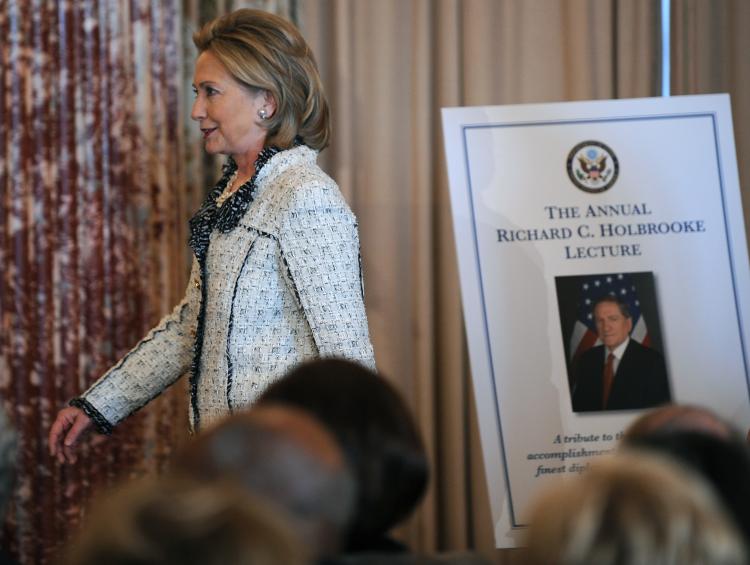
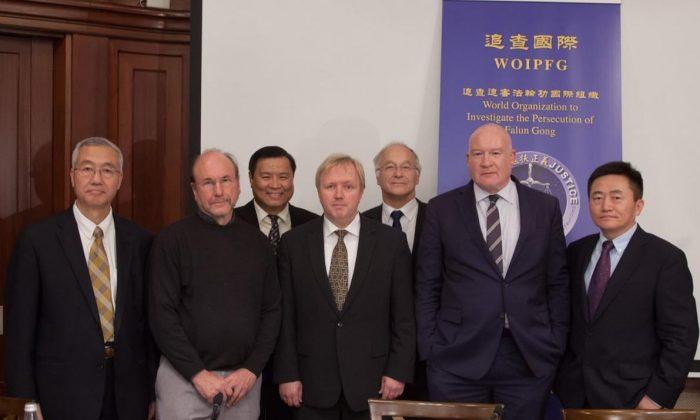
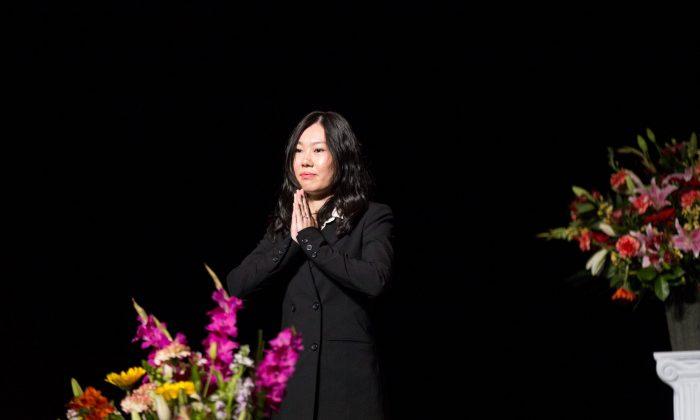
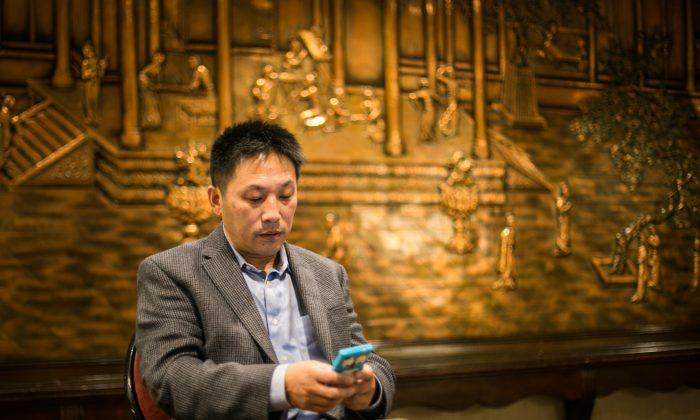
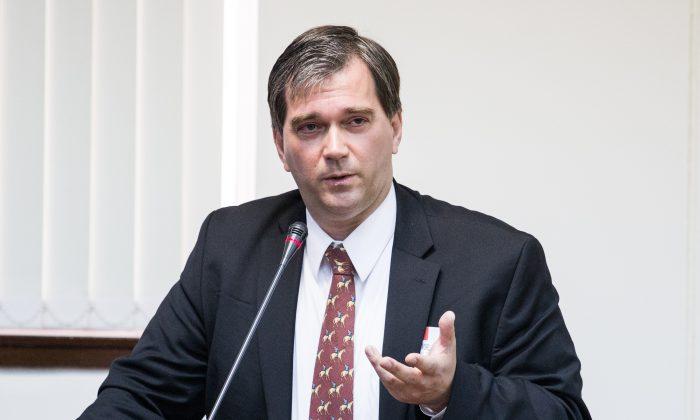
Friends Read Free